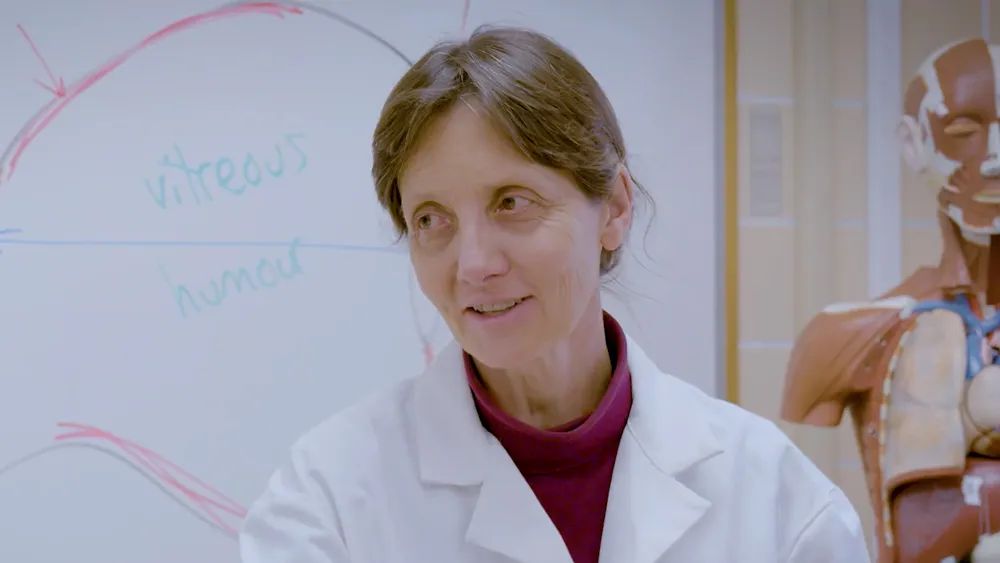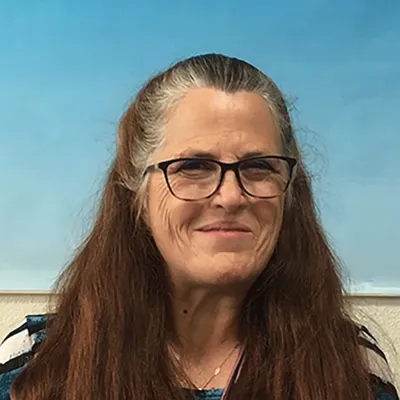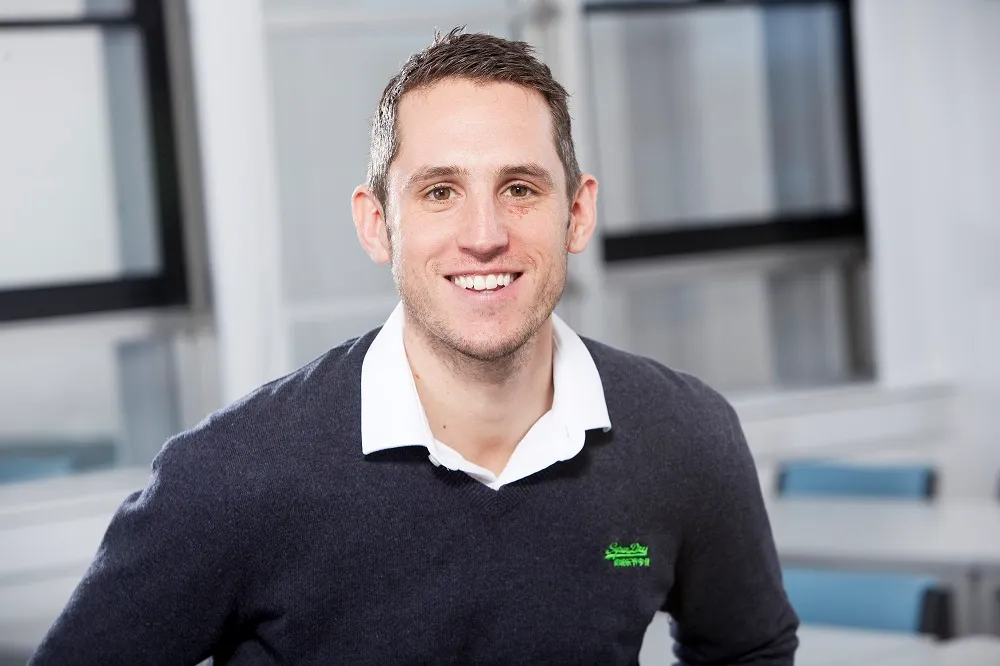Heading 1
Heading 2
Heading 3
Heading 4
Heading 5
Heading 6
Lorem ipsum dolor sit amet, consectetur adipiscing elit, sed do eiusmod tempor incididunt ut labore et dolore magna aliqua. Ut enim ad minim veniam, quis nostrud exercitation ullamco laboris nisi ut aliquip ex ea commodo consequat. Duis aute irure dolor in reprehenderit in voluptate velit esse cillum dolore eu fugiat nulla pariatur.
Block quote
Ordered list
- Item 1
- Item 2
- Item 3
Unordered list
- Item A
- Item B
- Item C
Bold text
Emphasis
Superscript
Subscript
About This Simulation
Measure the protein content in a food sample with the Kjeldahl method, and investigate whether the apparent result has been tampered with by using LC-MS/MS.
Learning Objectives
- Describe the steps involved in the Kjeldahl method
- Analyze the nitrogen content of a food sample
- Calculate the protein content of a sample from the determined nitrogen content
- Explain why the Kjeldahl method cannot be used to identify milk powder that was cut with melamine
- Apply the principles of spiking and recovery in analytical chemistry
- Interpret basic LC-MS/MS data
- Describe the fundamentals of an LC-MS/MS analysis
- Argue whether food fraud has been conducted based on available data
About This Simulation
Lab Techniques
- LC-MS/MS chromatogram interpretation
- Kjeldahl method
Related Standards
- HS-PS1-3, HS-PS2-6
- 3.9 Separation of Solutions and Mixtures Chromatography
- B.2 Proteins and enzymes
Learn More About This Simulation
In the Kjeldahl Method simulation, you will learn how to use the Kjeldahl method to determine the protein content of a food sample, and how to use LC-MS/MS to investigate if the sample has been adulterated to make the protein content seem higher than it is.
Analyze a milk powder sample
Your lab has received batch samples of milk powder from 3 different producers. Your mission is to analyze a sample from one of the batches using the Kjeldahl method, in order to determine the exact protein content, and to make sure this is consistent with the reported value.
Tracing the steps of the Kjeldahl method
An animation will introduce you to each step of the analysis, and show what goes on at the molecular level.You will then perform the acid digestion, steam distillation and finally a colorimetric titration, before being challenged with the calculations needed to transfer the lab result to a protein content in the sample.
Is everything what it appears to be?
How can you be certain that your findings are correct? There might be ways to fool the Kjeldahl method! In the second half of the simulation, you will look into how this can happen, and explore the powerful technique LC-MS/MS, which can be used to detect if a known adulterant has been added to any of the received milk powder batches.
Will you be able to safely release the milk powder batches for consumers around the world?
For Science Programs Providing a Learning Advantage
Boost STEM Pass Rates
Boost Learning with Fun
75% of students show high engagement and improved grades with Labster
Discover Simulations That Match Your Syllabus
Easily bolster your learning objectives with relevant, interactive content
Place Students in the Shoes of Real Scientists
Practice a lab procedure or visualize theory through narrative-driven scenarios


FAQs
Find answers to frequently asked questions.
Heading 1
Heading 2
Heading 3
Heading 4
Heading 5
Heading 6
Lorem ipsum dolor sit amet, consectetur adipiscing elit, sed do eiusmod tempor incididunt ut labore et dolore magna aliqua. Ut enim ad minim veniam, quis nostrud exercitation ullamco laboris nisi ut aliquip ex ea commodo consequat. Duis aute irure dolor in reprehenderit in voluptate velit esse cillum dolore eu fugiat nulla pariatur.
Block quote
Ordered list
- Item 1
- Item 2
- Item 3
Unordered list
- Item A
- Item B
- Item C
Bold text
Emphasis
Superscript
Subscript
A Labster virtual lab is an interactive, multimedia assignment that students access right from their computers. Many Labster virtual labs prepare students for success in college by introducing foundational knowledge using multimedia visualizations that make it easier to understand complex concepts. Other Labster virtual labs prepare learners for careers in STEM labs by giving them realistic practice on lab techniques and procedures.
Labster’s virtual lab simulations are created by scientists and designed to maximize engagement and interactivity. Unlike watching a video or reading a textbook, Labster virtual labs are interactive. To make progress, students must think critically and solve a real-world problem. We believe that learning by doing makes STEM stick.
Yes, Labster is compatible with all major LMS (Learning Management Systems) including Blackboard, Canvas, D2L, Moodle, and many others. Students can access Labster like any other assignment. If your institution does not choose an LMS integration, students will log into Labster’s Course Manager once they have an account created. Your institution will decide which is the best access method.
Labster is available for purchase by instructors, faculty, and administrators at education institutions. Purchasing our starter package, Labster Explorer, can be done using a credit card if you are located in the USA, Canada, or Mexico. If you are outside of North America or are choosing a higher plan, please speak with a Labster sales representative. Compare plans.
Labster supports a wide range of STEM courses at the high school, college, and university level across fields in biology, chemistry, physics, and health sciences. You can identify topics for your courses by searching our Content Catalog.













.png?fm=jpg&w=450&h=400)





